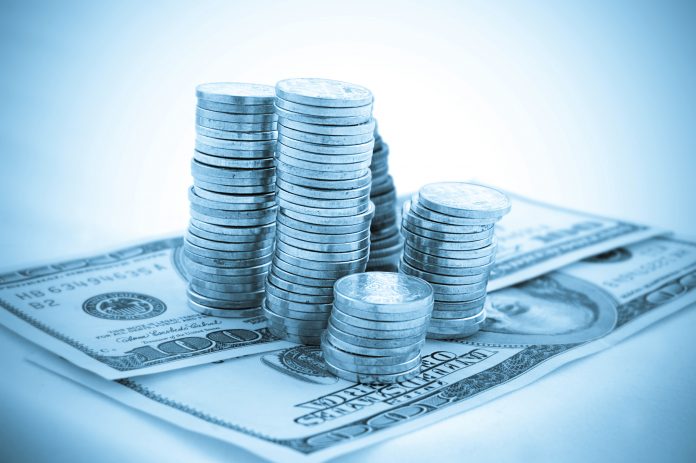The U.S. Dollar
The U.S. Dollar continued to lose ground after hitting a two-and-a-half year low as more stimulus is being rolled out. The DXY Dollar index, the index that measures the U.S. Dollar’s value against a basket of major currencies, fell from 90.98 to 89.44 before retracing to 90.34. Even with the additional stimulus announced by the Biden administration there were calls for yet more measures on top of that by the newly appointed Treasure Secretary, Janet Yellen. Whether or not the massive money printing exercise will lead to a sudden adverse event later remains to be seen, but in the meantime the U.S. Dollar continues to fall and the 10 year benchmark rate, now at 1.34% is at a 13 month high. This suggests that markets expect more inflation to come and the potential for a weaker currency also. Against the Thai Baht, the U.S. Dollar stood unmoved at 29.97 after remaining in the tight range of 29.84 to 30.13.
The British Pound
The British Pound rose steadily from 1.3519 to 1.4014 against the U.S Dollar, topping the 1.40 mark for the first time in almost three years. Indeed it has been on a slow and steady incline for the best part of the last 6 months and shows no sign of slowing down. Arguably, a reasonably uneventful outcome regarding the end of the Brexit transition period could be behind the move, even in spite of the fact that many British exporters in particular are still facing mountains of paperwork and new regulations. Vaccine rollout success may also have a part to play in the Pound’s recent continued strength. Against the Thai Baht, the Pound also gained ground, rising from 40.41 to 41.99, a move of more than three per cent.
The Japanese Yen
The Japanese Yen actually weakened against the U.S. Dollar even though the Dollar itself lost ground. The USDJPY rate moved from 103.83 to 105.41. A possible reason for the weakness is the fact that global stock markets have been moving higher and this usually comes at the expense of Yen strength. Against the Thai Baht, the Yen fell from 0.2871 to 0.2819.
The Russian Ruble
The Russian Ruble has traded in a decidedly tight range against the U.S. Dollar moving from 74.41 to 73.83. This continues the trend previously seen, although Dollar weakness is most likely the driver of the exchange rate moves. Against the Thai Baht the Ruble moved from 0.4130 to 0.4054.
The Euro
The recent rise of the Euro has stalled and given way to sideways consolidation and some slight weakness of late. The EUR/USD cross rate moved from 1.2117 to 1.2092. This comes at a time when the Dollar is also arguably making only very small moves of late. Whether or not ECB Stimulus will see the Euro weaken from here against the greenback remains to be seen. Against the Thai Baht the Euro fell slightly from 36.44 to 36.25.









